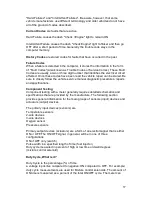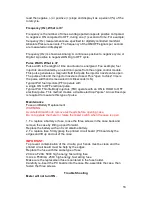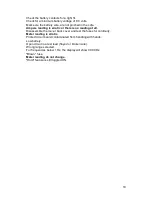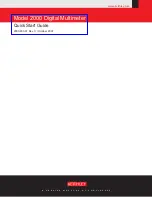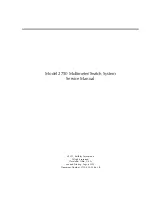
16
A need for better fuel economy and lower emissions resulted in today’s
automobiles Utilizing computer controlled functions that were previously
activated by mechanical, Electrical and vacuum devices.
Computerized vehicle control systems are made up of three basic component
groups. These groups are:
Sensors:
they are input devices that supply information about engine operating
conditions and the surrounding environement to the vehicle computer.
Engine Control Module:
a vehicle computer that processes the information
supplied by the sensors, then sends an electronic command to the appropriate
components actuators.
Actuators:
these are output devices that may be electrical, mechanical or
vacuum components controlled by the vehicle computer.
Typical Sensors
Coolant sensor
Vacuum sensor
Throttle position sensor
RPM
Barometric sensor
Oxigen sensor
Actuators
Fuel injection
Ignition spark advance
Air pump
Exhaust gas recirculeting valve
Canister purge
Converter clutch
Basic Diagnostics for the Computer Controlled Engine
There are two important steps that must always be followed when diagnosing
and repairing vehicles with computer controls.
Do basic engine diagnostics first. Many problems can be traced to lack of
routine maintenance on components such as plug wires, filters and spark plugs.
Also check for vacuum leaks on any vehicle, new or old, A completes engine
diagnosis should precede any electrical system diagnostics.
Follow the published diagnostic Charts EXACTLY through every step to mark a
repair on computer component.
Self-Diagnostic Computer Systems
One of the functions of the vehicle computer is to record fault codes produced
when a sensor or actuator fails. These failures are usually displayed as a
"Current Code" or as an "History Code". Current codes are further grouped into
















